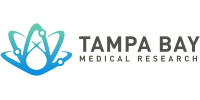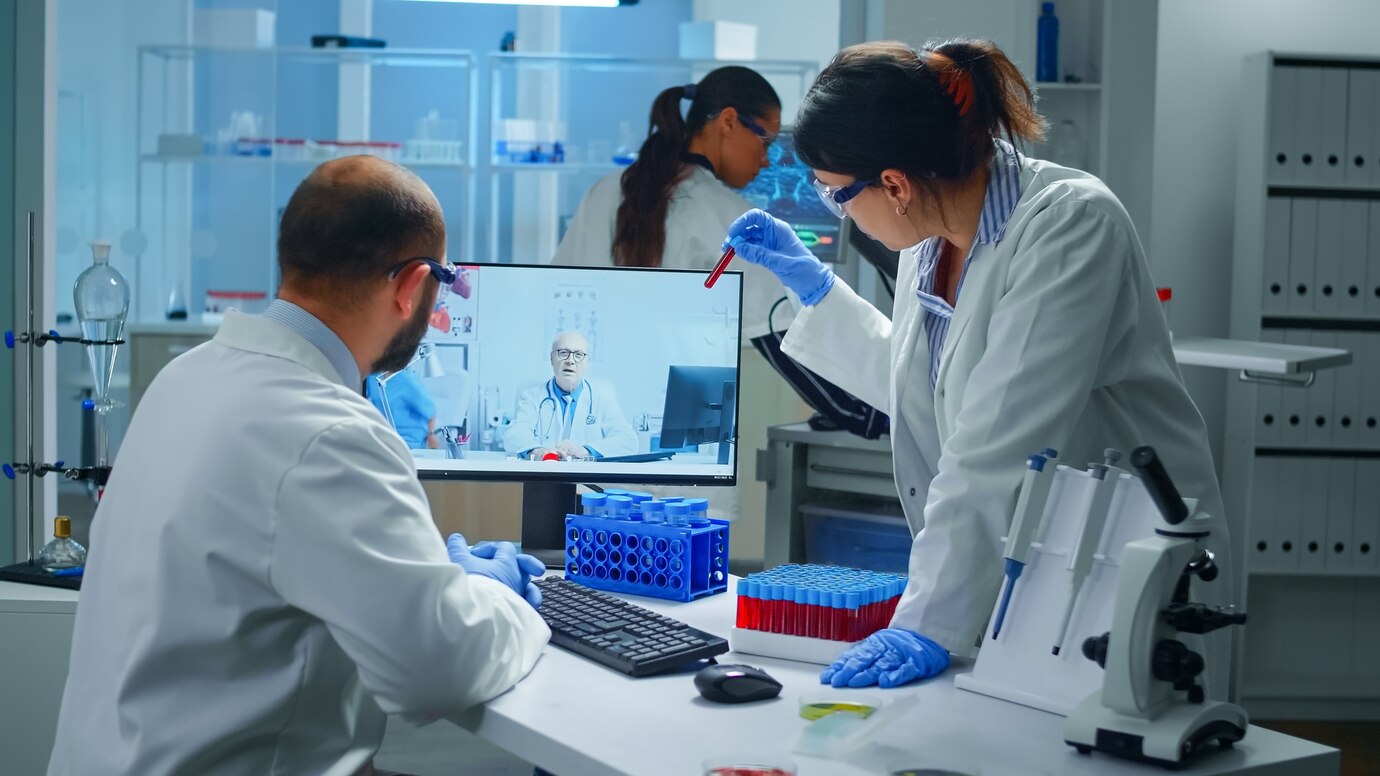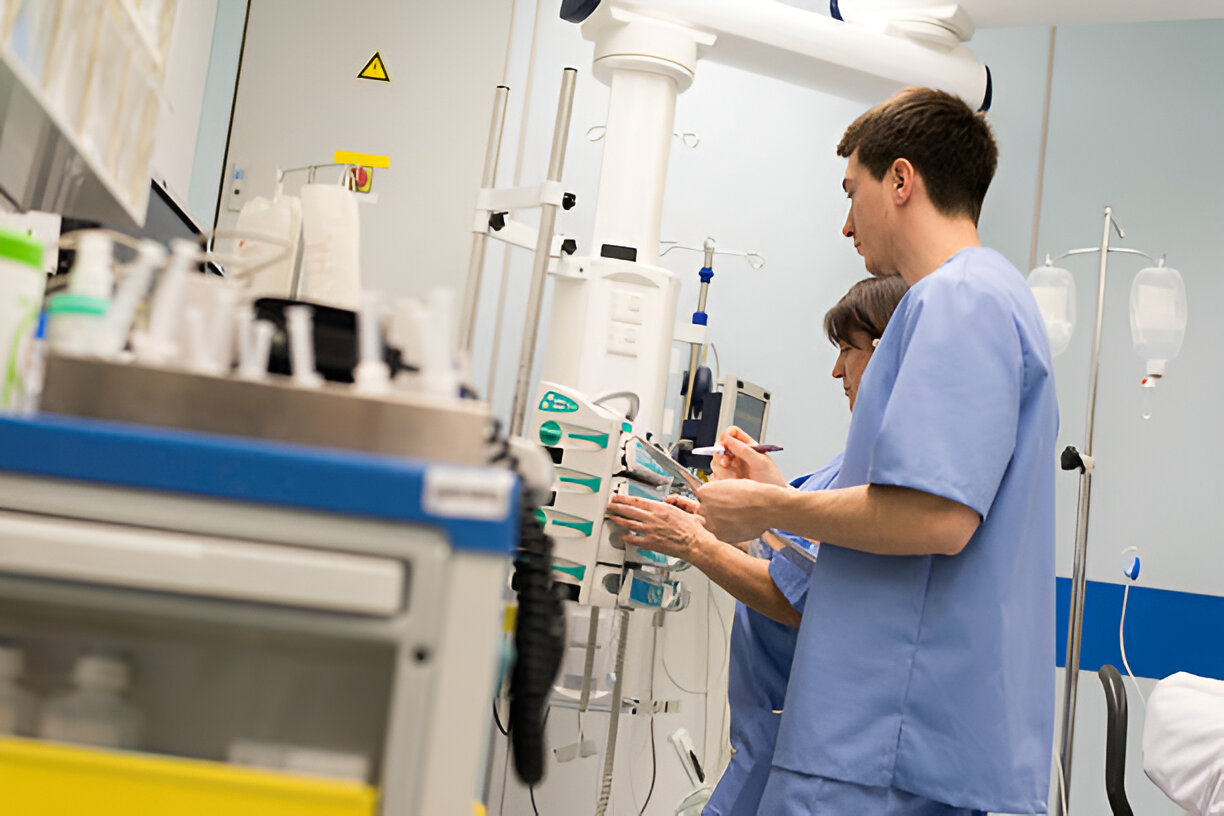Liver health concerns affect millions of Americans, with Nonalcoholic Fatty Liver Disease (NAFLD) and its progressive form, Nonalcoholic Steatohepatitis (NASH), emerging as significant health challenges. These conditions represent different stages of liver disease, each requiring specific attention and treatment approaches.
NAFLD occurs when excess fat accumulates in your liver cells without alcohol-related causes. Think of your liver as a processing plant – when it becomes overwhelmed with fat, its normal functions can become compromised. NASH takes this condition a step further, introducing inflammation and liver cell damage that can lead to serious complications.
Understanding the distinction between NAFLD and NASH is vital for:
- Accurate diagnosis
- Appropriate treatment selection
- Prevention of disease progression
- Better health outcomes
- Informed lifestyle choices
Your liver’s health impacts your entire body’s wellbeing. Recognizing the differences between these conditions helps you make informed decisions about your health and work effectively with healthcare providers to manage these conditions.
Understanding NAFLD
Nonalcoholic fatty liver disease (NAFLD) represents a spectrum of liver conditions characterized by excessive fat accumulation in liver cells. This buildup occurs in people who drink little to no alcohol, distinguishing it from alcohol-related liver disease.
Key Characteristics of NAFLD:
- Excess fat storage in liver cells
- No significant alcohol consumption
- Potential for progressive liver damage
- Silent development with few early symptoms
NAFLD affects an estimated 25% of the global population, with higher rates in Western countries. The condition shows particular prevalence among:
- People with obesity
- Individuals with type 2 diabetes
- Those with metabolic syndrome
- Middle-aged and older adults
NAFL vs. NASH: The Two Faces of NAFLD
NAFLD manifests in two distinct forms, each with unique characteristics and implications for liver health.
Nonalcoholic Fatty Liver (NAFL)
- Simple fat accumulation in liver cells
- Minimal inflammation
- Limited liver cell damage
- Typically reversible with lifestyle changes
Common symptoms of NAFL include:
- Fatigue
- Upper right abdominal discomfort
- Enlarged liver
- Elevated liver enzymes in blood tests
Nonalcoholic Steatohepatitis (NASH)
- Advanced form of NAFLD
- Significant liver inflammation
- Progressive liver cell damage
- Risk of permanent liver scarring
NASH presents with more severe symptoms:
- Persistent fatigue
- Severe abdominal pain
- Jaundice (yellowing of skin and eyes)
- Unexplained weight loss
- Spider-like blood vessels
- Red palms
The progression from NAFL to NASH occurs in approximately 20% of cases. This advancement brings increased risks of:
- Liver fibrosis
- Cirrhosis
- Liver cancer
- Liver failure
Understanding these distinctions helps identify appropriate treatment approaches and predict potential health outcomes. The presence of inflammation and liver cell damage in NASH requires more aggressive medical intervention compared to the simpler fatty liver condition of NAFL.
Risk Factors for Developing NAFLD
Several key factors significantly increase your risk of developing NAFLD:
- Medical Conditions
- Obesity, particularly central obesity
- Type 2 diabetes
- High blood pressure
- High cholesterol and triglycerides
- Metabolic syndrome
- Sleep apnea
- Lifestyle Factors
- Sedentary behavior
- High-calorie diet rich in processed foods
- Regular consumption of sugary beverages
- Limited physical activity
- Poor sleep patterns
- Demographic Risk Factors
- Age: More common in people over 50
- Gender: Higher prevalence in men
- Ethnicity: Increased risk in Hispanic and Asian populations
- Family history of liver disease
- Certain genetic variations
Your occupation can also influence NAFLD risk. Desk jobs and shift work patterns often lead to irregular eating habits and reduced physical activity. Research shows night shift workers face a higher risk due to disrupted circadian rhythms affecting metabolism.
Certain medications, including corticosteroids and some cancer drugs, may increase your susceptibility to fatty liver disease. Rapid weight loss through extreme dieting or bariatric surgery can also trigger temporary fatty liver development.
Recognizing Symptoms and Diagnosing NAFLD
Many patients with NAFLD experience no noticeable symptoms in the early stages. The condition often comes to light during routine medical check-ups or tests for other health concerns.
NAFL Symptoms:
- Fatigue
- Mild abdominal discomfort
- General feeling of unwellness
NASH Symptoms:
- Persistent abdominal pain
- Unexplained weight loss
- Jaundice (yellowing of skin and eyes)
- Severe fatigue
- Swelling in legs and abdomen
Diagnostic Process:
- Medical History Assessment
- Blood Tests
- Imaging Studies
- Liver Biopsy
Your healthcare provider might recommend additional tests based on your specific symptoms and risk factors. Early detection through these diagnostic methods helps determine the most effective treatment approach for your condition.
Treatment Approaches for NAFLD: A Comprehensive Guide
The path to managing NAFLD requires a personalized treatment strategy based on the severity of your condition. Treatment approaches differ significantly between NAFL and NASH, with each requiring specific interventions for optimal results.
Treatment Strategies for NAFL
Lifestyle modifications serve as the cornerstone of NAFL treatment:
- Weight Management: A 3-5% reduction in body weight can improve liver fat accumulation
- Balanced Nutrition: Reducing processed foods and sugar intake while increasing whole foods
- Regular Health Monitoring: Scheduling routine check-ups to track liver function
Aggressive Management for NASH
NASH demands a more intensive approach to prevent disease progression:
- Substantial Weight Loss: Aim for 7-10% body weight reduction
- Medical Supervision: Regular monitoring of liver enzymes and fibrosis markers
- Potential Medication: Your healthcare provider might prescribe vitamin E or other medications
The Power of Lifestyle Modifications in Managing NAFLD
Dietary Guidelines:
- Limit saturated fats and refined carbohydrates
- Choose Mediterranean-style eating patterns
- Include plenty of fiber-rich foods
- Stay hydrated with water instead of sugary beverages
Exercise Recommendations:
- 150 minutes of moderate aerobic activity weekly
- Strength training 2-3 times per week
- Start slowly and gradually increase intensity
- Mix different types of physical activities
Creating Sustainable Changes
Your success in managing NAFLD depends on implementing lasting lifestyle modifications:
Set Realistic Goals
Break larger objectives into smaller, achievable targets
Track progress using measurable metrics
Build Support Systems
Join support groups
Work with healthcare providers
Engage family members in healthy lifestyle changes
Monitor Progress
Keep a food and exercise journal
Schedule regular check-ups
Track liver health markers
Customizing Your Treatment Plan
Each person’s journey with NAFLD is unique. Work with your healthcare provider to develop a treatment plan that considers:
- Your current health status
- Personal goals and preferences
- Available resources and support systems
- Potential barriers to success
Successful management of NAFLD requires commitment to these lifestyle changes. Regular communication with your healthcare team helps adjust your treatment plan as needed for optimal results.

Prognosis, Complications, and the Need for Awareness in NAFLD Management
The prognosis for NAFL and NASH patients varies significantly. Individuals with NAFL often maintain stable liver health through lifestyle modifications, while NASH patients face a more challenging path.
NAFL Prognosis:
Limited liver damage
Reversible condition
Minimal risk of disease progression
NASH Prognosis:
Progressive liver damage
20% of patients develop cirrhosis within 10 years
Higher risk of liver-related complications
Left untreated, NASH can lead to severe complications:
Cirrhosis
Permanent liver scarring
Reduced liver function
Potential liver failure
Liver Cancer
2-3% annual risk in NASH patients with cirrhosis
Requires regular screening
May necessitate liver transplantation
The stark difference in outcomes between NAFL and NASH emphasizes the critical need for early detection and intervention. You can prevent these complications through:
Regular liver health screenings
Prompt medical attention when symptoms appear
Adherence to prescribed treatment plans
Lifestyle modifications
The progression from NAFL to NASH isn’t inevitable. Understanding your risk factors and maintaining proactive liver health management can significantly impact your long-term prognosis.
Community Awareness Initiatives and Resources for Liver Health Education
Community outreach programs play a vital role in early detection and prevention of liver diseases. These initiatives bridge the gap between medical knowledge and public understanding, making liver health information accessible to everyone.
Tampa Bay Medical Research leads the way with their innovative community health program, offering free FibroScan liver screenings to local residents. These non-invasive scans help identify various liver conditions, including NAFLD, NASH, and cirrhosis, enabling early intervention and better health outcomes.
Available liver health resources include:
- Local Support Groups: Connect with others facing similar health challenges
- Educational Workshops: Learn about liver disease prevention and management
- Online Resources: Access reliable medical information from trusted healthcare providers
- Screening Programs: Participate in regular liver health assessments
Tampa Bay Medical Research’s dedication to community education extends beyond screenings. Their experienced staff, with over 100 years of combined research experience, provides comprehensive guidance on:
- Understanding liver health test results
- Implementing lifestyle modifications
- Accessing appropriate medical care
- Participating in clinical trials
- Finding support services
These community initiatives operate Monday through Thursday from 7:30 AM to 4:30 PM at their Clearwater location, and additional hours are available at their Largo facility, making liver health education accessible to the entire Tampa Bay area.
In addition to these initiatives, Tampa Bay Medical Research also emphasizes the importance of vaccines in preventing infectious diseases through their informative article on how vaccines work. Furthermore, they provide valuable insights into how nutrition can impact liver health, which can be beneficial for individuals looking to improve their liver condition. For those interested in supporting the cause or referring someone who might benefit from their services, they have a structured referral program in place.
Conclusion
Knowing the difference between NASH and NAFLD helps you make better choices for your liver health. NAFLD is an early warning sign, while NASH is a more serious stage that needs immediate attention and action.
Your journey to a healthier liver begins with understanding and takes shape through action. A healthy lifestyle is your best defense against both conditions:
- Eat a balanced diet full of nutrients
- Get regular exercise
- Go for routine medical check-ups
- Keep track of your liver health with professional screenings
Staying committed and putting in consistent effort are key to achieving a healthy liver. Every positive change you make today protects your liver for the future. Medical professionals and healthcare facilities are ready to support you on your journey to better liver health with education, screening services, and personalized treatment plans.
Remember: Your liver health directly affects your quality of life. By taking control now, you can prevent serious complications later on.
FAQs
What are the symptoms of NAFLD?
Symptoms of NAFLD can vary, but common signs include abdominal discomfort, fatigue, and weight loss. In the case of NASH, additional symptoms may arise due to liver inflammation and damage. However, many individuals may remain asymptomatic until the disease progresses.
What risk factors contribute to the development of NAFLD?
Key risk factors for developing NAFLD include obesity, type 2 diabetes, metabolic syndrome, and poor lifestyle choices such as unhealthy diet and lack of physical activity. Demographic factors like age and ethnicity also play a role in influencing risk.
How is NAFLD diagnosed?
Diagnosing NAFLD typically involves a combination of medical history assessment, blood tests to check liver enzymes, imaging studies such as ultrasound or MRI to visualize fat in the liver, and sometimes a liver biopsy to assess the extent of liver damage.
What treatment options are available for managing NAFLD?
Treatment for NAFL generally focuses on lifestyle changes including dietary modifications and weight loss. For NASH, more aggressive management strategies are recommended, which may include significant weight loss percentages along with regular exercise and dietary adjustments to improve liver health.
Why is community awareness important for liver health?
Community awareness initiatives play a crucial role in educating individuals about liver health. Programs like free liver scans help raise awareness about conditions like NASH and NAFLD, encouraging early detection and proactive management through lifestyle changes and regular medical check-ups.








